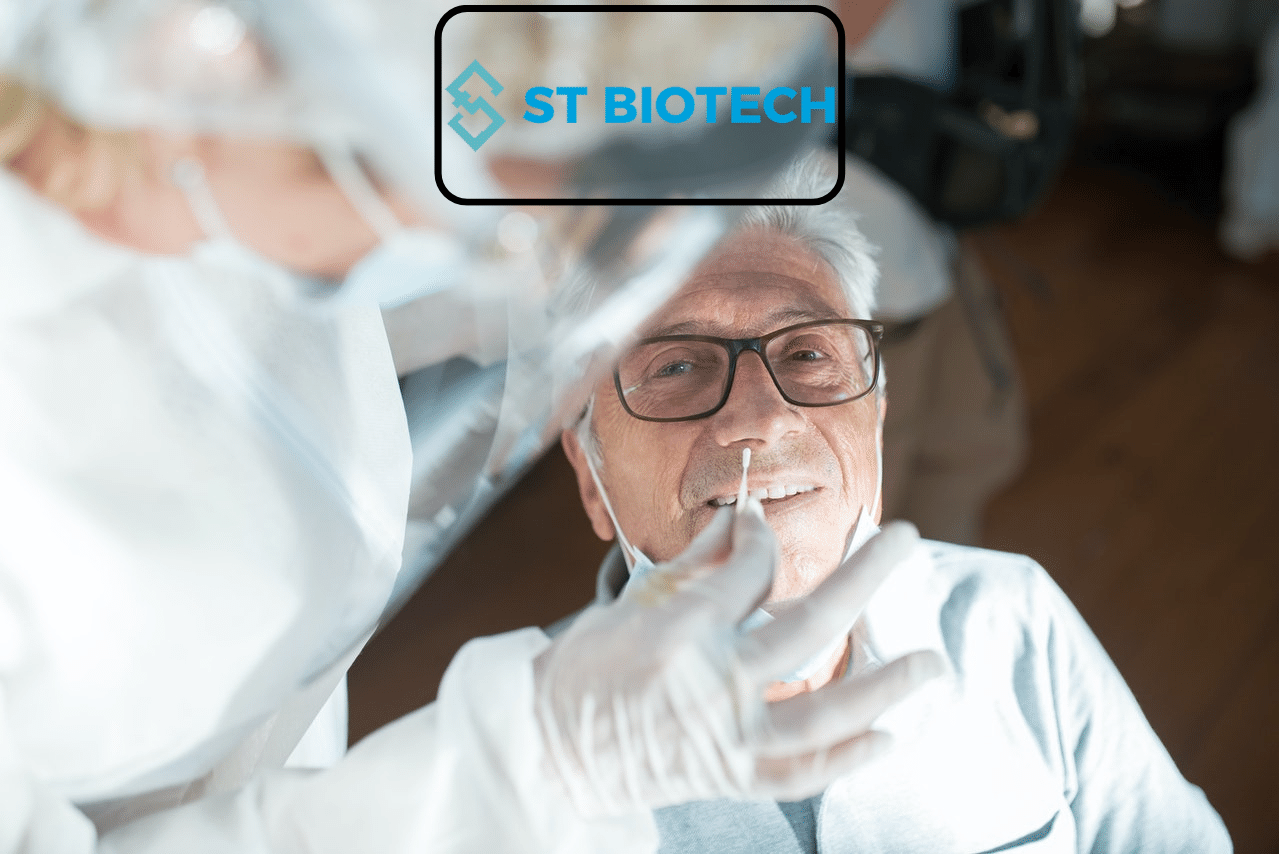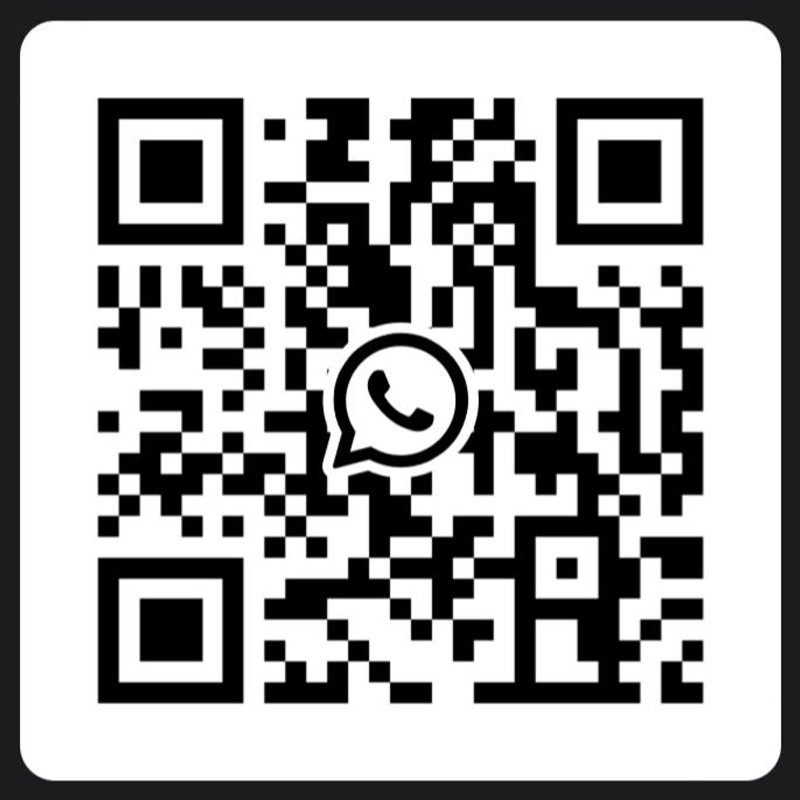Clinicians and patients constantly rely upon the accuracy of the laboratory check consequences. Recently this has become an essential role in the world due to COVID 19. The whole world has given attention to these test results to prevent the spread of COVID 19. This article discusses the factors that affect the reliability of an individual COVID 19 test result.
Current COVID 19 requires broad scale testing capacities for patients who are contagious and the groups at risk of infection.
Nasopharyngeal swab test is the golden standard. But a bit challenging to healthcare workers as well.
How to perform the nasopharyngeal swab test
The nasopharyngeal swab test must be performed when the patient is sitting upright holding the head straight. This helps to perform the testing easily as it provides easy visibility of the nasal floor and the swab can easily access through the nose. It is necessary to insert the swab parallel to the nasal floor.
It reaches up to nasopharynx without any obstructions, until the healthcare professional feels resistance to the hand when inserting the swab.
Once the swab reaches the nasopharynx, the swab must rotate gently to absorb the secretions around that area. If you are not satisfied with the amount of secretions collected by the swab, repeat the procedure with the other nostril also.
After collecting the sample, immediately insert it into a vial that contains culture media. Snap off the swab handle to close the vial.
What can be detected by nasopharyngeal swab test
The nasopharyngeal swab test use to diagnose the active severe acute respiratory syndrome 2 (SARS-CoV-2) infection
Other tests : rhinovirus, adenovirus, influenza
To diagnose bacterial pathogens such as Streptococcus Pneumoniae
The current standard for diagnosing SARS-CoV-2 is RT-PCR (real-time fluorescence-based polymerase chain reaction)
It is a widely used technique due to its reliability and sensitivity.
Challenges when performing nasopharyngeal swab test
The need for qualified health care personal, personal protective equipment.
All healthcare professionals must wear the personal protective equipment including N95 mask, goggles, gown, latex gloves, shoe covers and the disposable cap.
Before performing any diagnostic testing, it is necessary to perform the tests in a sterilised and specially designed room to prevent the spread of the virus.
To prevent the risk of transmission of the virus to healthcare professionals and other staff working in testing areas it is necessary to follow the guidelines given by health organisations.
- Keep the distancing of 2m between people in public areas
- The registration desks must be partitioned to prevent the spread of virus through contact.
- Keep alcohol-based hand sanitizers in several places where patients gather
- Cleaning the environment by sanitising the places where most of the patients contact with each other like staircases, handles of the doors etc.
Complications of nasopharyngeal swab test
Incorrect sampling techniques lead to incorrect results.
- Excess use of force when handling the swab. It may cause discomfort to the patient.
- Sampling should be performed by a trained professional who has thorough knowledge on anatomical structure of the nasal cavity. It ensures safe sampling and the accuracy of the results.
- Incorrect techniques result in nosebleeds in some patients.




